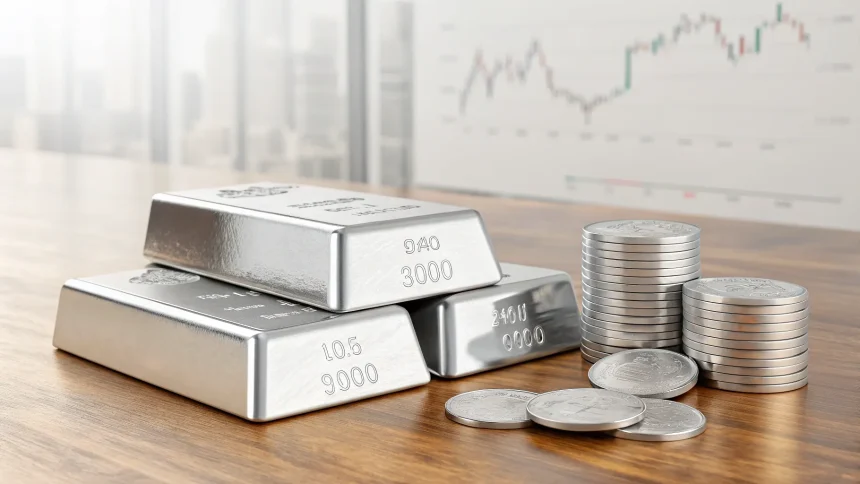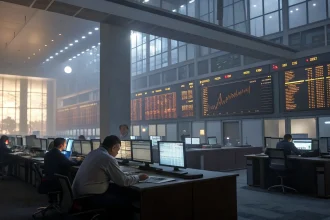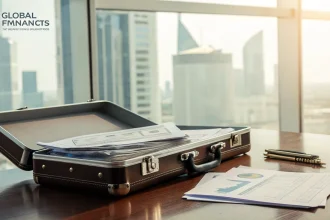Financial advisors are highlighting silver as a potential hedge against inflation for investors concerned about rising prices. As inflation worries persist across global markets, precious metals are receiving renewed attention from both individual and institutional investors looking to protect their purchasing power.
Silver, often overshadowed by gold in investment discussions, has emerged as a practical option for those seeking to diversify their portfolios against inflation risks. The metal offers a lower price point than gold while still providing many of the same protective benefits during periods of currency devaluation.
Why Silver Appeals During Inflationary Periods
Precious metals like silver have historically maintained value during times of currency depreciation. Unlike paper currency, which can be printed in unlimited quantities by central banks, silver has inherent scarcity and industrial utility that helps preserve its worth when inflation erodes the value of cash holdings.
Silver serves a dual purpose in investment portfolios. Beyond its role as an inflation hedge, it functions as a valuable industrial metal used in electronics, solar panels, and medical applications. This dual demand—both as an investment asset and industrial commodity—creates a floor for silver prices that can benefit investors during economic uncertainty.
Market analysts point to several factors that make silver particularly attractive in the current economic climate:
- Lower entry point than gold, making it accessible to more investors
- Historical tendency to outperform during inflationary cycles
- Growing industrial demand in green technologies
- Portfolio diversification benefits
Portfolio Allocation Strategies
Financial experts typically recommend allocating between 5-10% of an investment portfolio to precious metals as part of a broader diversification strategy. This modest allocation can provide meaningful protection without overexposing investors to the volatility sometimes associated with metals markets.
“Adding silver to a portfolio isn’t about timing the market perfectly,” explains one investment advisor. “It’s about creating balance and protection against different economic scenarios, particularly inflation.”
Investors have multiple options for adding silver exposure to their holdings. Physical silver in the form of coins or bars offers direct ownership but requires secure storage. Exchange-traded funds (ETFs) that track silver prices provide convenience and liquidity without physical storage concerns. Mining stocks offer leveraged exposure to silver prices but come with company-specific risks.
Considerations Before Investing
Despite its potential benefits, silver investing comes with important considerations. The silver market can experience significant price volatility, sometimes moving more dramatically than gold prices. This volatility means investors should view silver as a long-term strategic holding rather than a short-term trading vehicle.
Tax implications also vary depending on how investors gain silver exposure. Physical silver may be subject to sales tax when purchased and capital gains tax when sold, while ETFs and mining stocks follow standard securities taxation.
Market conditions, including interest rate policies, dollar strength, and industrial demand, all influence silver performance. Investors should research these factors or consult with financial advisors before making allocation decisions.
As inflation concerns persist in many economies, silver continues to attract attention as a practical component in diversified investment strategies. For those worried about preserving purchasing power in an uncertain economic environment, silver offers an accessible entry point into the protective benefits of precious metals.









